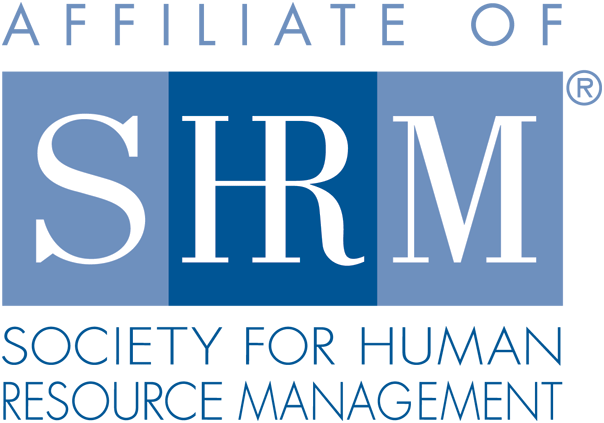
| Past Issues | Advertise | www.nehra.com | insights archive |
Successfully Navigating Organizational Culture
![]() Print this Article | Send to Colleague
Print this Article | Send to Colleague
By Rita Balian Allen, Rita B. Allen Associates
If you were asked to describe your organization's culture in one word, what would that word be? Is this culture consistent across buildings, locations, departments and teams? Does this culture support accomplishment of company goals and desired environment for employees? Identifying your organization's culture is a priority to be determined early in the employment process, actually one of the first questions to ask and assess during the interview process. Defining the ideal culture that is right for each of us is a key career management strategy, which requires prioritization of your own list of values compared to organization's values, then ensuring there is alignment between the two.
Why does culture matter? Culture and leadership are two sides of the same coin. Organizations are cultural units with many powerful subcultures based on occupation, history, demographics, geography as well as several other factors. Culture issues can also differ depending on life phases of an organization. Organizational culture elements determine strategy, goals and modes of operating. Multicultural work environments exist presenting another layer of complexity as we continue to experience mergers, acquisitions, joint ventures, in addition to operating in a global and virtual workplace with remote teams and projects. How do we understand and successfully navigate organizational culture?
As human resources professionals, some may say that we act as catalysts of the organizational culture, which is true; however, culture is more about exhibited behaviors throughout the organization and what is enacted vs. what is stated or espoused. Organizational culture is the company's identity, shared values and beliefs. In reality it is created, defined and executed by senior management. Leadership and culture are intertwined. Culture sets the tone for how the company will operate and includes several layers from the visual and explicitly stated to the actual behaviors and unobservable assumptions. Culture also plays a significant role in defining a company's "employer brand" both inside the organization with their existing employees as well as outside the organization to shareholders, customers and prospective recruits.
Organizational culture is embedded in organizations and therefore impacts everything. We live it, see it, feel it, and touch it every day within leadership and management practices, people strategies, group dynamics and teamwork, as well as individual accomplishments. It also affects how relationships are formed and developed, decision making, levels of autonomy and empowerment, individual motivation and achievement, ethical practices, diversity initiatives, as well as the demographics within the company. Therefore, understanding and navigating corporate culture is a necessity for all of us to be successful in our careers and to be effective human resource practitioners helping others do the same as well as coaching leaders in creating and executing culture.
Ten Strategies for Successfully Navigating Organizational Culture
1) First, it is critical to be able to identify and articulate the corporate culture along with norms, standards and expectations of one another. Learn and understand the organization's culture well.
2) Next, it's vital to work with leadership to incorporate mission, vision, and values within culture and ensure there is alignment with business strategy, company goals and objectives as well as company brand.
3) Pay attention to cues — read surroundings, dynamics, verbal and non-verbal messages, be socially, professionally and emotionally aware of all interactions. Educate yourself; learn about differences that exist across functions, all demographics, and locations on a global level.
4) On a personal level, know yourself well and identify your own values and priorities; establish your personal mission for your career with goals and objectives.
5) Create, build and enhance your "personal brand" and understand the overlays with company brand as well as the differentiators.
6) Establish, build and nurture long-lasting business relationships inside the organization as well as externally; identify and invest in necessary and key relationships inside and outside the company.
7) Always exercise positive self talk; be positive and stay optimistic; don't allow yourself to be engaged in negative drama, set the example of exemplary leadership, be the role model of the culture in a positive and credible manner.
8) Find the right balance for yourself — use a mix of appropriate strategies and techniques that work for you and are aligned with your preferred ways of communicating, relating and interacting.
9) Take some risk — push out of your comfort zone at times trying new approaches that may require a different way of thinking or working; welcome change and allow yourself to make mistakes and embrace them as learning experiences.
10) Stay true to yourself — understanding your own values, needs and goals requires constant re-evaluation and follow up including continuous assessment of alignment with organizational culture and personal decision making.
Rita Balian Allen is the president of Rita B. Allen Associates, http://www.ritaballenassociates.com/, a provider of career management/talent management consulting and coaching services located in Waltham, Mass., with specialty areas in executive coaching, leadership development, management training and career development. She is also a lecturer at Northeastern University and Bentley University.
